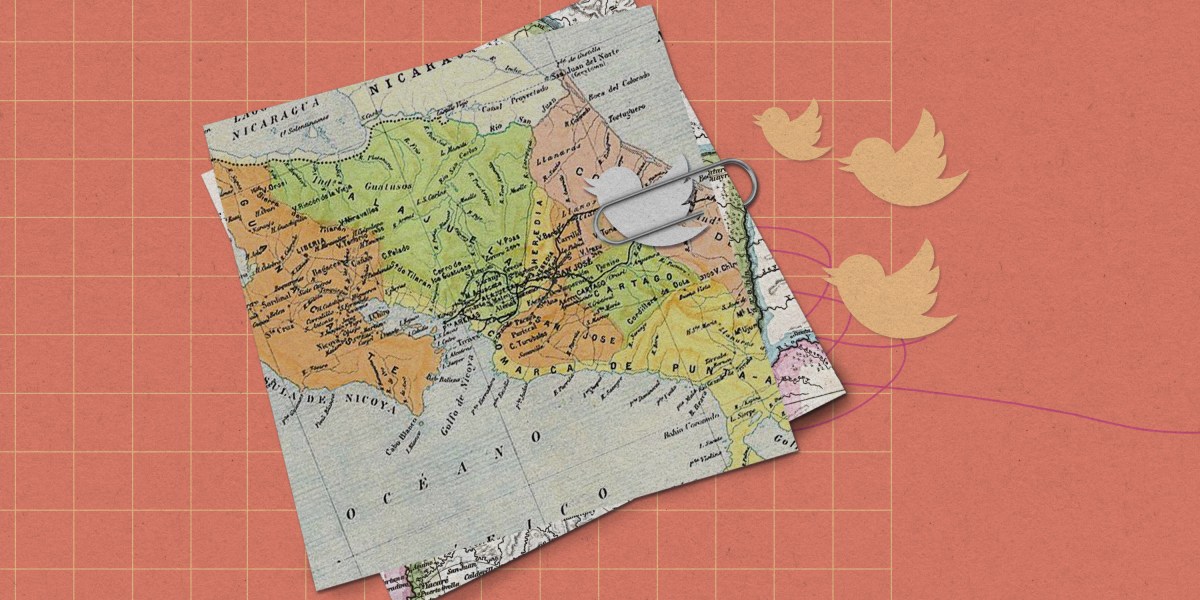It’s still a challenge to spot Chinese state media social accounts

Today, CNS and these immigrant community newspapers often co-publish articles, and CNS invites executives from the publications to visit China for a conference called the Forum on the Global Chinese Language Media. Some of these publications have often been accused of being controlled or even owned by CNS, the main example being the China Press, a California-based publication.
As media outlets enter the digital age, there is more evidence that these overseas diaspora publications have close ties with CNS. Sinoing (also known as Beijing Zhongxin Chinese Technology Development or Beijing Zhongxin Chinese Media Service), a wholly owned subsidiary of CNS, is the developer behind 36 such news websites across six continents, the Nisos report says. It has also made mobile apps for nearly a dozen such outlets, including the South America Overseas Chinese Press Network, which owns the three Twitter accounts. These apps are also particularly invasive when it comes to data gathering, the Nisos report says.
At the same time, in a hiring post for an overseas social media manager, CNS explicitly wrote in the job description that the work involves “setting up and managing medium-level accounts and covert accounts on overseas social platforms.”
It’s unclear whether the three Twitter accounts identified in this report are operated by CNS. If this is indeed a covert operation, the job has been done a little too well. Though they post several times a day, two of the accounts have followers in the single digits, while the other one has around 80 followers—including a few real Chinese diplomats to Spanish-speaking countries. Most of the posts have received minimal engagement.
The lack of success is consistent with China’s social media propaganda campaigns in the past. This April, Google identified over 100,000 accounts in “a spammy influence network linked to China,” but the majority of accounts had 0 subscribers, and over 80% of their videos had fewer than 100 views. Twitter and Facebook identified similar unsuccessful attempts in the past, too.
Of all the state actors she has studied, Quincoses says, China is the least direct when it comes to the intentions of such networks. They could be playing the long game, she says.
Or maybe they just haven’t figured out how to run covert Twitter accounts effectively.
According to Quincoses, these accounts were never among those Twitter labeled as government-funded media (a practice it dropped in April). This could be related to the limited traction the accounts got, or to the efforts they made to obscure their ties to Chinese state media.


